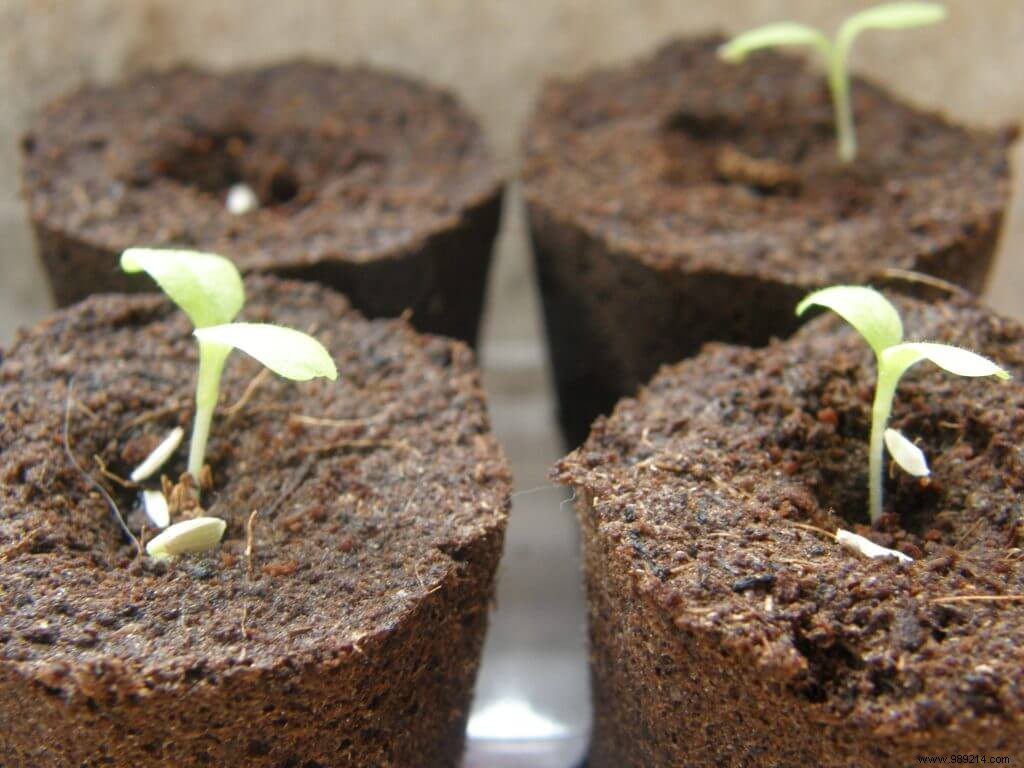The work of May are many and some are indispensable and cannot be postponed.
Now is the time to pay special attention to seeds of the month of April. Transplanting is the next step. Either in a bucket if the plants are small, or in the ground, taking the precaution of covering or mulching them, the nights can still be cool.
Do not let yourself be overwhelmed by weeding work , the passage of the hoe is simple, fast and effective if it is frequent.
The first greedy tomatoes point their green shoots. Practice the pinch to remove them along the main axis. Do not touch the main stem, it will be shortened above the 5th flower bouquet, much later.
Planting time is in full swing. Stagger them every 15 days to avoid overproduction (salads, beans, radishes, courgettes…)
As soon as the soil is warm enough, mulch crops in order to limit the emergence of undesirable plants and to give the inhabitants of the soil protection.
The annuals can be sown in place. Large seeds, such as nasturtium or morning glory, do not require transplanting. Choose their final place right away. The other annuals are sown in the "nursery" and will be transplanted later in the beds or between the vegetable plants.
If the fertilization was made in autumn (compost, manure, etc.), there is no rush to add (organic) fertilizer as soon as the crop is planted. On the other hand, the reserves quickly run out in a greedy and watered vegetable garden often (leaching of the fertilizing elements). You will prefer fertilization adapted to the types of crops (tomato fertilizer, strawberry plants, etc.). The compost can be self-sufficient if it is made of different materials (seaweed, manure, etc.)

sowing